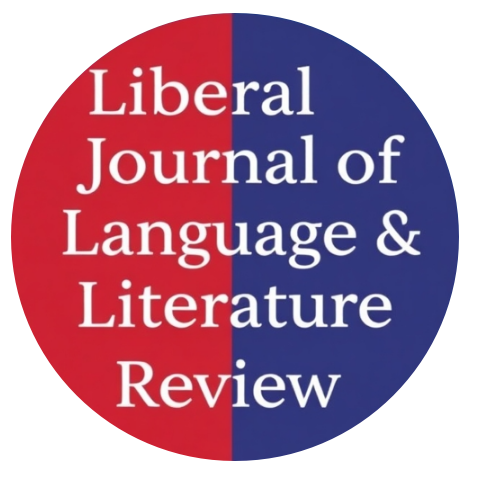Slow Violence And The Disguise Of Revival: Ecological, Cultural And Political Erosion In Johal’s Saraswati
Keywords:
Saraswati, Slow Violence, Postcolonial Ecocriticism, Sacred Ecology, Environmental Degradation, Cultural And Moral Erosion, Rhetoric Of RevivalAbstract
The degradation of environment that we face in the contemporary world is not a sudden disaster, but a slow destruction that is accumulated over time. This paper examines the environmental crisis in Saraswati (2025) by Gurnaik Johal using the theory of slow violence as formulated by Rob Nixon, who defines environmental destruction as a form of delayed and invisible violence that disproportionately affects minority groups and ecologies The novel reinvented the sacred river Saraswati as a symbol of ecological degradation as well as the cultural displacement to reveal the fact that the rhetoric of modernity and revival hides other moral and ecological degradation. This paper uses the framework of slow violence by Nixon in a postcolonial ecocritical perspective to examine how the novel develops environmental degradation as a slow cycle of depletion, and how it links spiritual and cultural erosion. The research approach is a close textual analysis of the major episodes and symbols in the novel including dry wells, engineered rivers, drowned shrines through the environmental theory of Nixon and the concept of sacred ecology developed by Fikret Berkes. The study adds to postcolonial environmental criticism as it shows that the ecological crisis turns into an erosion of faith, memory, and moral loss in the novel, which proves that modern restoration may be a set of reproducing the same violence that it claims to heal.



